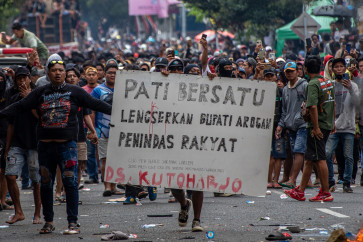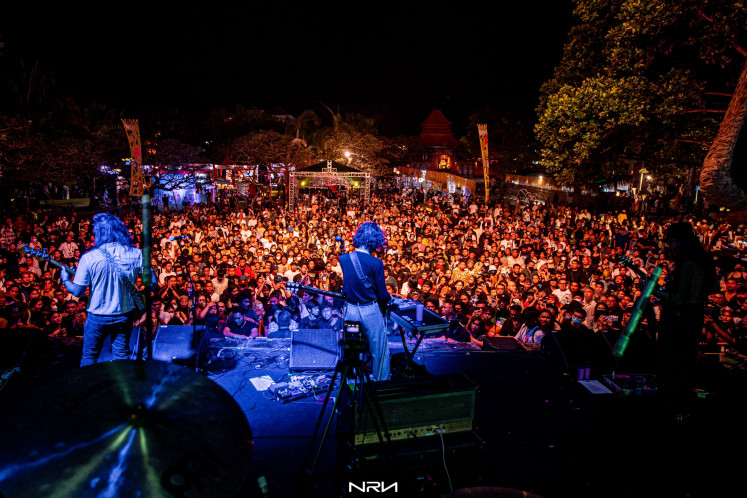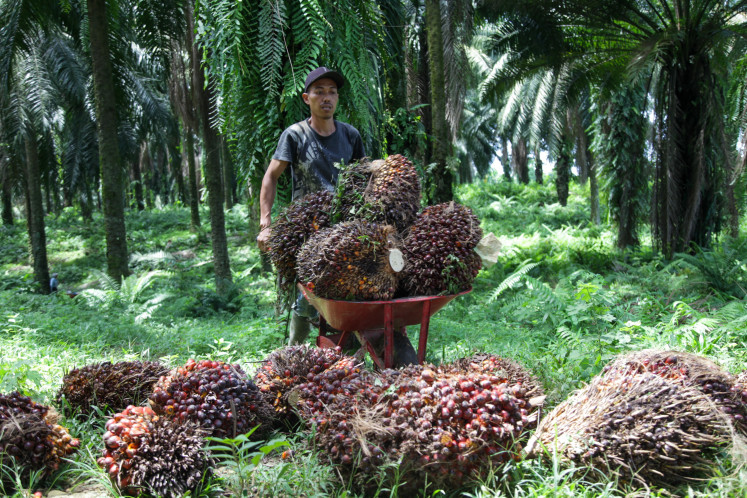Popular Reads
Top Results
Can't find what you're looking for?
View all search resultsPopular Reads
Top Results
Can't find what you're looking for?
View all search resultsDozens of toddlers start to suffer from mudflow
Dozens of babies and toddlers residing around the mudflow site at the Mataloko geothermal power generator in Golewa district, Ngada regency, East Nusa Tenggara have started to suffer from skin disease and breathing tract infections
Change text size
Gift Premium Articles
to Anyone
D
ozens of babies and toddlers residing around the mudflow site at the Mataloko geothermal power generator in Golewa district, Ngada regency, East Nusa Tenggara have started to suffer from skin disease and breathing tract infections.
The diseases are believed to be caused by the mudflow's sulphur and chemical content. Some babies are even having their skin peel off due to the high temperature.
There are at least 500 villagers residing near the mudflow sites and their houses are at least 500 meters from the sites.
"We want the government to take emergency measures as soon as possible. Those who are ill have to be treated," Abraham Wae, a resident of Ratogesa village in the district, said.
"The geothermal power plant management has to take action to halt the mudflow which has created a crater covering 100 square meters."
A local community leader, Dominikus Boko, said that many of the babies and toddlers suddenly fell sick after the mudflow spread from one to three different sites.
He also estimated that dozens of hectares of agricultural fields were affected by the mudflow.
"Villager's crops of corn, peanuts and tuber roots are threatened by the mudflow," he said.
"Our coffee, cacao, clove and nutmeg plantations are also damaged."
So far there have been no real efforts from the government to stop the mudflow.
A team of geologists from Bandung, which was scheduled to investigate the sites and take water samples by Thursday, have yet to reach the location.
The Ngada Environmental Impact Management Agency took water samples from the sites on Thursday to find out whether the mudflow had contaminated nearby water sources.
Meanwhile, a special team from various related agencies has started working to make an inventory of the environmental damage, including losses at the resident's agricultural land.
The first three eruption points have seen sporadic geysers of mud that has yet to be analyzed. The geysers, as high as 1.5 meters, are spewing hot mud measured to be around 120 degrees Celsius.










